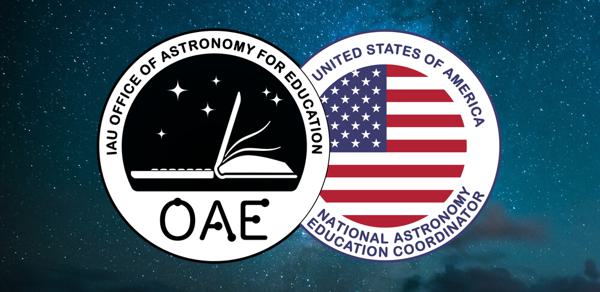Glossary term: শনি (শনি গ্রহ)
Description: শনি সূর্য থেকে দূরত্বের দিক থেকে ৬ষ্ঠ গ্রহ , আকার ও ভরের ভিত্তিতে ২য় বৃহত্তম গ্রহ । এটি একটি বৃহদাকার গ্যাসীয় গ্রহ যার ব্যাস ১২০,০০০ কিলোমিটার , যা পৃথিবীর ব্যাসার্ধের ৯.৪ গুণ । সৌরজগতে শনির গ্রহের ঘনত্ব সবচেয়ে কম , এমনকি পানির তুলনায় ও কম । শনির ভর পৃথিবীর ভরের ৯৫ গুণ ।
এর দূরত্ব সূর্য হতে ১.৪ বিলিয়ন কিলোমিটার যা প্রায় ৯.৫ আস্ট্রনমিকাল ইউনিট (পৃথিবী-সূর্য দূরত্ব)। শনি ২৯.৪ বছরে সূর্যকে একবার প্রদক্ষিণ করে। জ্যোতিরবিজ্ঞানীরা শনির ১৪০ টির বেশি প্রাকৃতিক উপগ্রহ খুজে পেয়েছেন । এদের মধ্যে টাইটান সবচেয়ে বড় এবং সৌরজগতে কেবল এই চাঁদটির ই উল্লেখযোগ্য বায়ুমণ্ডল রয়েছে।
শনি গ্রহ , রোমান কৃষির দেবতার নামে রাখা যার নাম , সৌরজগতের হীরা নামেও সুপরিচিত । একে খালি চোঁখে রাতের আকাশে ছোট আলোর বিন্দুর মত দেখা যায় । বিলিয়ন বিলিয়ন কিলোমিটার দূরে হলেও শনির রিং বা বলয় গুলোকে সহজেই ছোট টেলিস্কোপ এর সাহায্যে দেখা যায় ।
Related Terms:
See this term in other languages
Term and definition status: The original definition of this term in English have been approved by a research astronomer and a teacher The translation of this term and its definition is still awaiting approval
The OAE Multilingual Glossary is a project of the IAU Office of Astronomy for Education (OAE) in collaboration with the IAU Office of Astronomy Outreach (OAO). The terms and definitions were chosen, written and reviewed by a collective effort from the OAE, the OAE Centers and Nodes, the OAE National Astronomy Education Coordinators (NAECs) and other volunteers. You can find a full list of credits here. All glossary terms and their definitions are released under a Creative Commons CC BY-4.0 license and should be credited to "IAU OAE".
If you notice a factual or translation error in this glossary term or definition then please get in touch.
Related Media
Saturn
Credit: NASA, ESA, A. Simon (Goddard Space Flight Center), and M.H. Wong (University of California, Berkeley) credit link
License: CC-BY-4.0 Creative Commons অ্যাট্রিবিউশন 4.0 আন্তর্জাতিক (CC BY 4.0) icons
Flowing Night Sky
Credit: Robert Barsa/IAU OAE
License: CC-BY-4.0 Creative Commons অ্যাট্রিবিউশন 4.0 আন্তর্জাতিক (CC BY 4.0) icons
Milky Way over Avenue of Baobabs
Credit: Amirreza Kamkar/IAU OAE
License: CC-BY-4.0 Creative Commons অ্যাট্রিবিউশন 4.0 আন্তর্জাতিক (CC BY 4.0) icons
The Milky Way Across the Zenith
Credit: Ohnishi Kouji/IAU OAE
License: CC-BY-4.0 Creative Commons অ্যাট্রিবিউশন 4.0 আন্তর্জাতিক (CC BY 4.0) icons
Equatorial Milky Way
Credit: Giorgia Hofer/IAU OAE
License: CC-BY-4.0 Creative Commons অ্যাট্রিবিউশন 4.0 আন্তর্জাতিক (CC BY 4.0) icons













